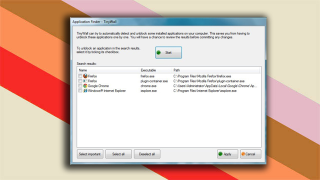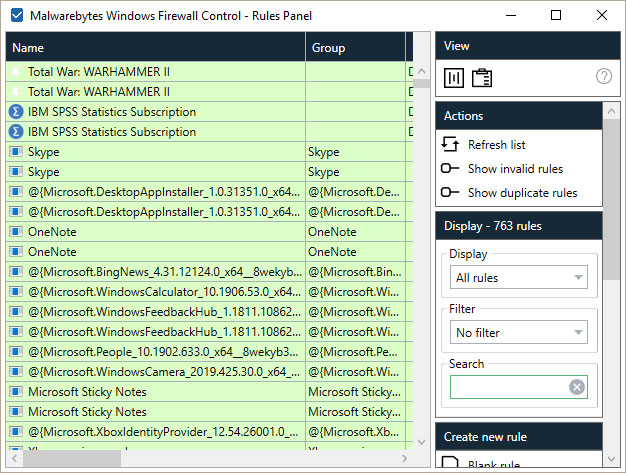

#TINYWALL VS. WINDOWS FIREWALL CONTROL PORTABLE#
Can import/export settings: so that your settings are portable and/or can be easily imported after a clean install, etc. TinyWall makes it easy to do so, whereby you can activate ‘learning mode’, use the application you want for a few minutes, and TinyWall will whitelist it for you. No-popup, in English, means that the user will have to actively whitelist a process themselves. The no-popup approach: In contrast to firewall programs that ask the user to constantly intervene and make decisions on processes that the user likely knows nothing about. It also prevents would be malicious processes from changing the firewall settings. It does this by automatically giving the Windows firewall a secure configuration. All the Firewall you need: It transforms Windows’ default into everything you need in terms of firewall protection. The interface: TinyWall is accessed via it’s icon in the system tray, which although it contains a mere handful of options is quite adequate for all you need to do (see screenshot above). 
It gives Windows’ firewall a secure configuration, prevents other programs from overriding it, and provides a simple, user friendly interface that makes it easy to work with.
:max_bytes(150000):strip_icc()/tinywall-5980d3320d327a0011b3cb6f.png)
TinyWall is a free program that for Windows Vista and higher that can enhance and fix Windows’ firewall. Windows’ firewall gets a bad rap, however, partly because of the legacy of XP’s firewall, but also because it suffers from a few small issues, such as an insecure, one-way filtering configuration, the potential of being bypassed by other programs, and a generally unfriendly interface. Unlike Windows XP’s built-in firewall, Microsoft’s default firewall in Vista, Windows 7, and Windows 8 is generally competent and offers excellent protection.




:max_bytes(150000):strip_icc()/tinywall-5980d3320d327a0011b3cb6f.png)


 0 kommentar(er)
0 kommentar(er)
